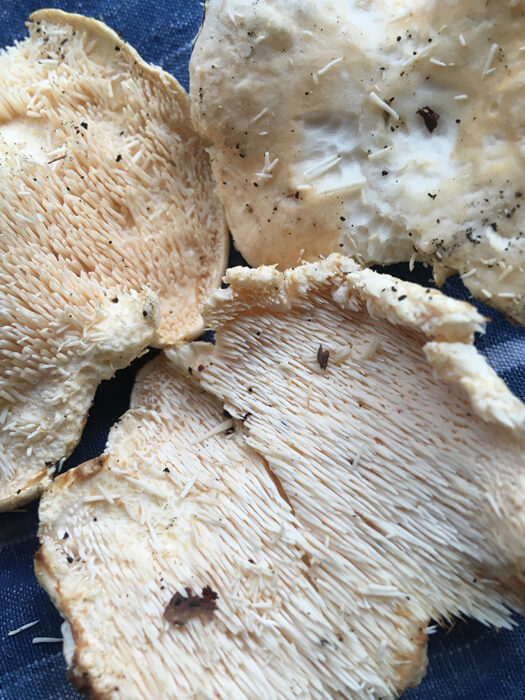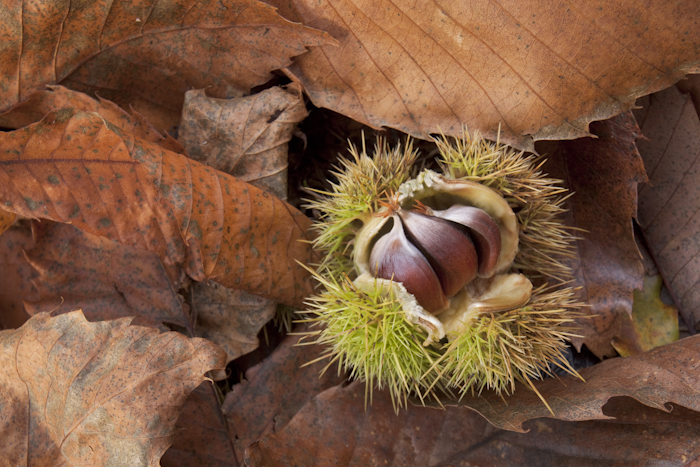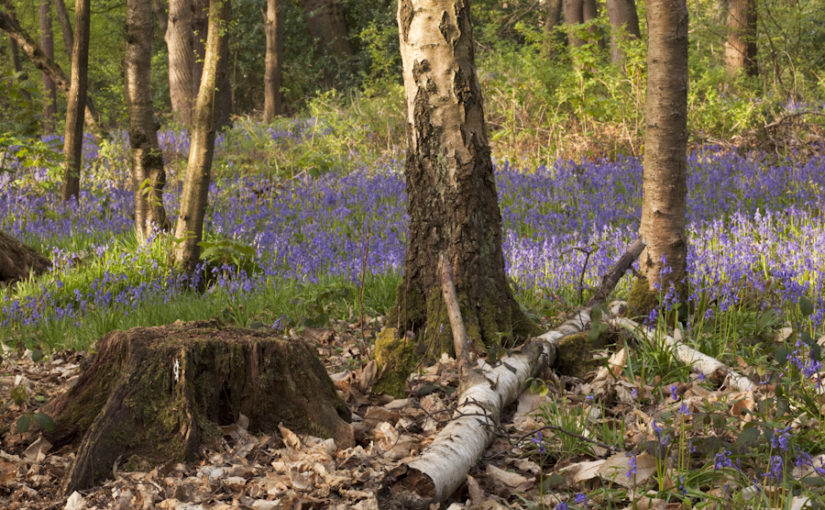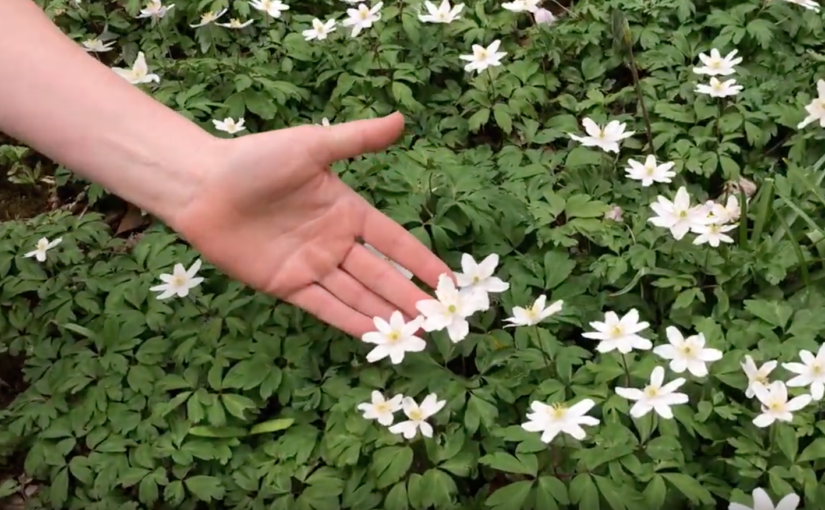Recently I was invited on BBC Radio Sheffield to talk about the reasons for getting out and about during the winter months. In this interview I describe the appearance of the earliest flowering tree species that are commonly found in woodland, plus some of the more distinctive tree buds that can be seen in mid-January.
We also discussed the value of slowing down to observe nature and of taking the time to learn plant names as a way of making connections with the natural world.
Listen from 2hrs 39 to 2hrs 49.
Tag: #ecclesallwoods
Hedgehog mushrooms in Ecclesall Woods
This month has been a good one for mushroom collecting and these hedgehog fungi were foraged in Ecclesall Woods in mid-November, which is considered quite late in the year for this species. Hydnum repandum is one of the easiest fungi to identify as it has teeth or spines instead of gills.
They have an irregular convex cap with a slight wavy margin and appear ghostly pale against the browns and oranges of fallen leaves, which often half bury them due to their short stature. It always pays to look down at your feet when walking in the woods – in fact many of the ones I collected looked as if they had been kicked, whether purposefully or not.

Known as the wood hedgehog, wood urchin and sweet tooth, a mushroom that goes by this many names is usually either tasty or poisonous, otherwise there is little reason for it to be given much regard. Fortunately in this case it is due to its deliciousness, it is both sweet and nutty, and has a pleasant texture.
It is among the gourmet mushrooms that are sometimes seen in shops come late summer but never in great quantity. Only gather ones that are still creamy coloured, being careful to cut the stem low down to avoid damaging the mycelium that connects them to tree roots. Like all wild mushrooms, they should be cooked through before consumption.
They can be confused with the edible terracotta hedgehog, H. rufescens, which is aptly named for its warm brown colour, and the bitter tooth, Sarcodon scabrosus, which some regard as poisonous. In the latter case, the colouration is a much darker brownand tastes highly unpleasant.
As always, do not be tempted to use this visual description alone as a definitive ID for collecting fungi. The smell is important: it will have an earthy yet agreeable aroma. If in doubt, make a spore print – this will be white.
A triptych of chestnuts
Although it is quite late in the season to be foraging for sweet chestnuts (Castanea sativa), there were still a good number of edible nuts to be found during the first week of November. Ecclesall Woods is my favourite location for harvesting these delicious nuts. There are many large sweet chestnut trees in the woods, many of which were planted in the 1850s.

Sweet chestnuts are actually a Southern European species that were introduced into the woods as a fast growing alternative to native oak, with which it shares a high tannin content. This makes it a durable timber suitable for uses where a degree of water-resistance is required.
Luckily for us, many of these trees are now large specimens that produce an abundance of delicious nuts. Sadly some sweet chestnuts in Ecclesall Woods have been affected by Phytophthora aka ink disease on account of the dark spot-like stains that are seen on some trees, notably on beech. It is harder to see the early stages on the rough-barked chestnuts.
Should you go looking for chestnuts, remember to leave some for the wildlife. When gathering these I saw not one but two wood mice lurking in nearby brambles – it is not just the squirrels who like a nibble. Only take the big and firm nuts. If they are soft they are past their best; too small and they are a pain to shell.
Ecclesall Woods: A Virtual Exploration of the ‘Spring Wood’
A couple of weeks ago I teamed up with Green City Heritage to make this fab short film, in which I talk about the veteran trees of Ecclesall Woods. Come and meet these pieces of living history and learn how to recognise their special qualities.
Woodland wanders with Sheffield Woodland Connections – bluebells in Ecclesall Woods 8th May 2020
A short video among the English bluebells (Hyacinthoides non-scripta) tracing the winding paths in Ecclesall Woods, Sheffield. Enjoy the sights and sounds of South Yorkshire’s largest ancient woodland in all its springtime splendour. With around 50% of the world’s population, Britain is the only place where you can see such large colonies of bluebells and the dazzling display only lasts for a month at most.
Bluebells are a key ancient woodland indicator species and where extensive carpets of them are seen it is safe to assume that you are in woodland dating back at least 400 years. While the bluebells themselves are not this old the bulbs lay dormant in the soil, surviving for decades while they wait for enough light to flower and creep incrementally outwards.
Woodland Wanders with Sheffield Woodland Connections: Ecclesall Woods 19th April 2020
Join me for another virtual walk around Ecclesall Woods in Sheffield, South Yorkshire. In mid-April most trees have now come into leaf and there are wildflowers in every direction. Learn how to identify: beech (Fagus sylvatica); English bluebell (Hyacinthoides non-scripta); greater stitchwort (Stellaria holostea); hornbeam (Carpinus betulus); sweet chestnut (Castanea sativa) and wood sorrel (Oxalis acetosella).
Woodland Wanders with Sheffield Woodland Connections: Ecclesall Woods 4th April 2020
Join me for a virtual walk around Ecclesall Woods in Sheffield, South Yorkshire. It’s early April; trees and plants are bursting into life. Learn how to identify: blackthorn (Prunus spinosa); garlic mustard (Alliaria petiolata); hazel (Corylus avellana); raspberry (Rubus idaeus); wild garlic (Allium ursinum); wood anemone (Anemone nemorosa) and wych elm (Ulmus glabra).
Walks for Festival of the Outdoors
Sheffield’s 2020 Festival of the Outdoors runs from 1st to 31st March. It will be the first time that Sheffield Woodland Connections has participated in the festival, for which I’ll be leading three walks. Each walk is two hours long and we will cover subjects including: identifying trees in winter and recognising veteran and notable trees. For more information click on the links below.

Date: Sunday 1st March 2020.
Time: 11.30am – 1.30pm.
Tickets: from £5 – £7. Book your place here.

Date: Sunday 8th March 2020.
Time: 1 – 3pm.
Tickets: from £5 – £7. Book your place here.

Date: Sunday 22nd March 2020.
Time: 1.30 – 3.30pm.
Tickets: from £5 – £7. Book your place here.








